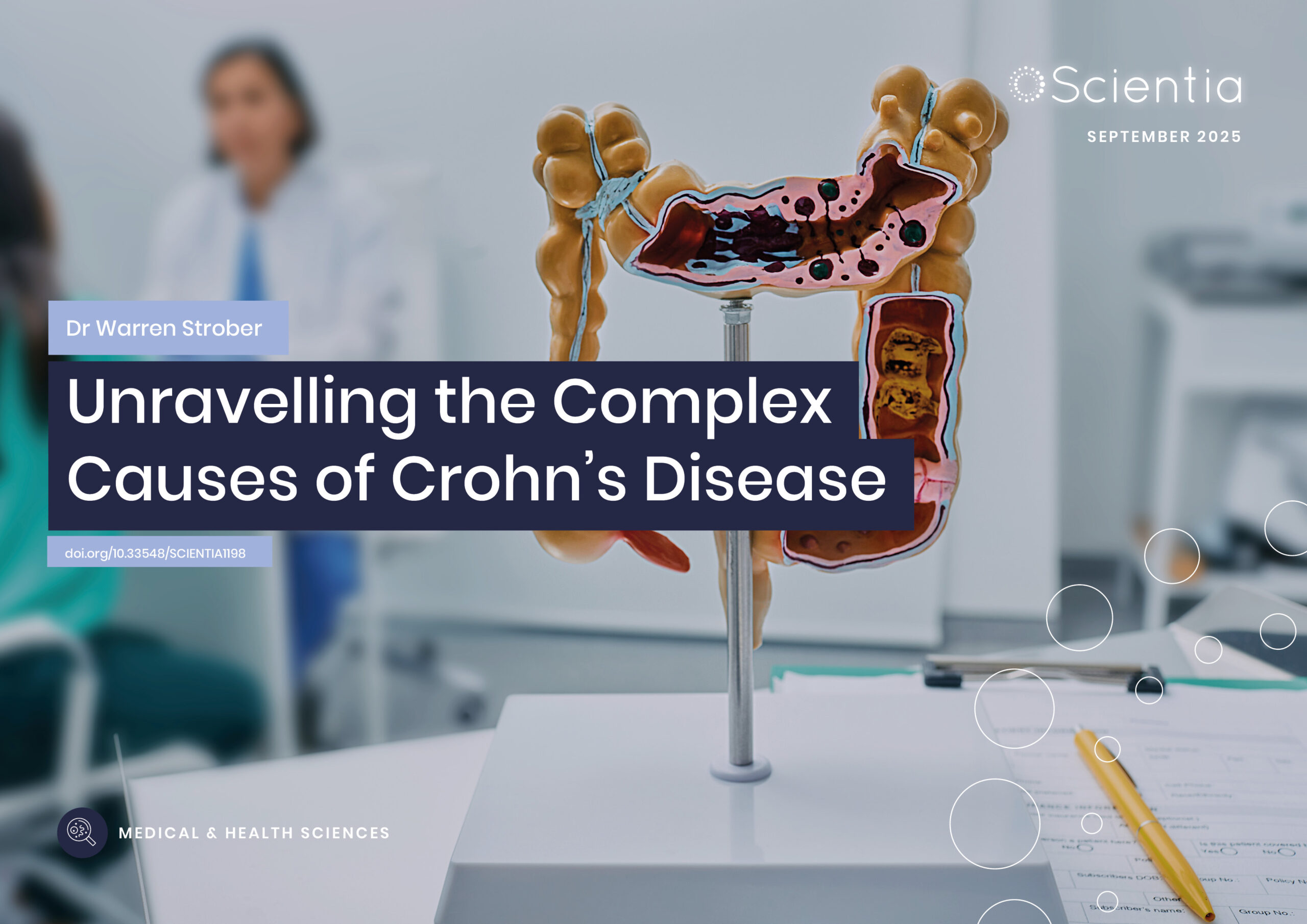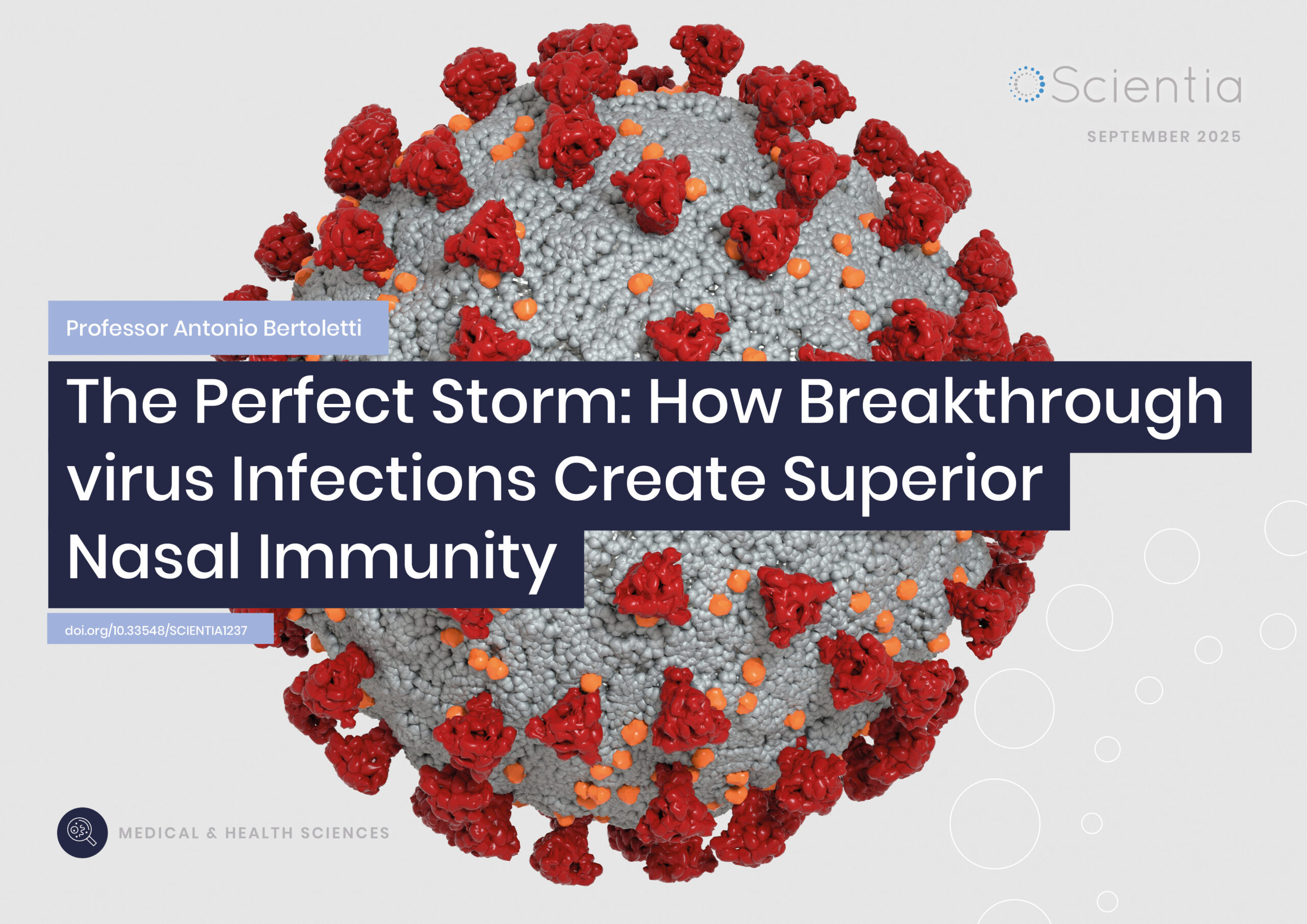Cultivating Health-Conscious High School Students through Nutrition Education
Providing high school students with nutrition-related knowledge enables them to lead healthier lives by selecting foods that are both tasty and nutritious. Researchers at Middle Tennessee State University and Lipscomb University have created a course designed to offer high school students the opportunity to become acquainted with the field of nutrition, allowing them to apply this knowledge to improve their personal lives, earn college-level credit and prepare for future careers.
The Importance of Culinary Nutrition
According to statistics released by the World Health Organization in 2016, the global adult population was at a 39% overweight and 13% obesity rate. Likewise, these data also revealed that worldwide obesity tripled in the past 45 years. This is particularly worrisome, as obesity is associated with a significantly higher risk of developing a variety of health conditions, including diabetes, heart disease, and some cancers, much of which could be prevented and tackled through interventions aimed at improving people’s eating habits and lifestyle choices.
Providing younger generations with quality nutrition-related education could help to address the problem of obesity, as it could increase their likelihood of adopting healthy eating habits. Such education could also ultimately result in a greater number of nutrition students with improved knowledge of preparing healthy food, and nutrition experts that can guide others in making healthier choices.
Dr Janet Colson, Dr Liz Smith and Dr Tracy Noerper, three researchers working at Middle Tennessee State University (MTSU) and Lipscomb University, have recently created a project utilising a previously developed course aimed at introducing high school students to nutrition-related concepts, all while affording them college credits. Through enrolment in this nutrition course, the team hopes to spark an interest in students to pursue careers in the food and nutrition industry.

MTSU nutrition student demonstrating
appropriate portion sizes
Facilitating the Shift to College Education
In recent years, researchers have devised a number of courses and academic initiatives aimed at facilitating young people’s shift from high school to college-level education. The key motivation behind these efforts is to better prepare high school students for college, allowing them to become acquainted with core topics related to their field of interest earlier in their academic journey.
One strategy that can facilitate students’ transition from high school to college or university is known as ‘dual enrolment’. As the name suggests, dual enrolment courses allow students to simultaneously participate in classes from two different levels of education.
This dual enrolment initiative devised by Dr Colson, Dr Smith and Dr Noerper allows high school students enrolled in the nutrition science pathway to attend college-level nutrition classes. The key aim of the course is to provide students at high schools in Middle Tennessee with high-quality education in nutrition science, offering them the opportunity to gain college-level credits while completing their secondary education.
‘We introduced students to college life by taking a dual enrolment nutrition class, bringing them to our MTSU campus to tour the food and nutrition-related programs,’ says Dr Colson, the project director. ‘We then took the high school students to the Tennessee Academy of Nutrition and Dietetics meeting and trained high school teachers during the summer.’
Students completing the dual enrolment program offered by MTSU take part in MTSU’s 2000-level Nutrition for the Health Sciences class online. High school teachers are advised to facilitate the students’ learning by aligning the content delivered in their normal classes with the Nutrition for the Health Sciences curriculum offered to high school juniors. Students completing MTSU’s courses are also asked to complete practical tasks that merge their culinary training with nutrition concepts. For instance, they could be asked to plan and prepare a menu that meets the Recommended Dietary Allowances and Dietary Guidelines.
The dual enrolment course offered by MTSU has two key objectives. First, as high school teachers often have limited and inadequate knowledge of nutrition, Dr Colson and her colleagues wanted to strengthen both the available nutrition course content and the way it was delivered to students. The second goal of the course was to recruit high school students who might be interested in pursuing majors in nutrition and food science or other related disciplines.
‘We introduced students to college life by taking a dual enrolment nutrition class, bringing them to our MTSU campus to tour the food and nutrition-related programs. We then took the high school students to the Tennessee Academy of Nutrition and Dietetics meeting and trained high school teachers during the summer.’

High school students touring the MTSU campus
Dual Enrolment vs Dual Credit Classes
In addition to the current dual enrolment offering at MTSU, Dr Colson and her colleagues have developed a dual credit challenge examination, which allows high school sophomores to earn credit for their 1000-level nutrition course.
The Nutrition and Food Science dual credit and dual enrolment courses are broken down to include: ‘Nutrition Across the Lifespan/Principles of Nutrition’ and ‘Nutrition Science and Diet Therapy/Nutrition for the Health Sciences’. The former is a dual credit course, while the latter is a dual enrolment course. Both of these courses allow students to gain college-level credits while still in high school. Students may take only one to earn three hours of college credit or both to earn six hours.
The key difference between the dual credit and dual enrolment courses is that while the first is a college-level course taught by high school teachers, the latter allows high school students to enrol in college and complete the exact same classes taken by undergraduate students at MTSU, delivered by university instructors. Moreover, students completing the dual credit course are evaluated in an independent online exam proctored by the high school teacher.
If the student receives a 70% or higher score on the examination, they are eligible to receive dual credit for this class. Those who are part of the dual enrolment program complete the same assignments and exams as MTSU undergraduates, which are also accessed online. They receive a course grade from the MTSU instructor and are eligible for college credit for this course.
The dual credit nutrition class and examination devised by Dr Colson and her colleagues offer a broad introduction to nutrition-related concepts, typically taken by college freshmen. It focuses on topics such as food safety, macronutrients and micronutrients, digestion, healthy cooking, the role of nutrition in health, food controversies, artificial sweeteners, and dieting.
High school teachers delivering these courses are provided with a wide range of materials that they can use in class, including PowerPoint presentations, notes, articles, relevant websites assignment ideas, and study sheets. The teachers will then be able to use these resources, along with introductory nutrition textbooks, to create their own course aligned with their teaching methods. At the end of the course, students will be eligible to sit for an examination over the topics covered.
‘Recently, we submitted a grant proposal to work with high school culinary arts teachers and students to develop a culinary nutrition component for their classes,’ Dr Colson explains. ‘We plan to prepare the students to sit for the dual credit exam to earn college credit. We will include summer teacher training for culinary arts teachers so they will be better prepared to teach nutrition to their culinary arts students.’

Students touring MTSU’s milk processing plant
Initial Evaluations of the Courses
So far, the team has offered their dual enrolment course to high school nutrition science students in Middle Tennessee. To evaluate the effectiveness of the course in enhancing the students’ knowledge of nutrition, the team tested students before and after they completed the course.
Most of the students scored significantly higher on the tests after completing the courses, attaining grades that were consistent with those scored by college students at MTSU. In addition, the change in test performance before and after taking the course at MTSU appeared to be more prominent than that of college students, yet both groups of students benefitted greatly.
The initial results collected by Dr Colson and her colleagues suggest that the dual enrolment course can considerably improve high school students’ understanding of nutrition course material, and better prepare them for their future studies and careers. The dual credit class will be offered to nutrition students during the 2000/2021 academic year, with plans to offer it to culinary arts students at high schools in subsequent years.
Enhancing Students’ Nutrition and Food Science Knowledge
The dual enrolment and future dual credit courses introduced by Dr Colson, Dr Smith, and Dr Noerper have already proven to be highly promising in preparing high school students for further studies in nutrition and food science. In addition, the dual enrolment class has been found to significantly improve the students’ knowledge of nutrition-related concepts, which could greatly benefit their academic and professional development, as well as their personal eating habits.
In the future, the team’s work could inspire other universities and schools to incorporate college-level nutrition course curriculum into classes for high school students, ultimately enhancing their knowledge, skills and awareness of healthy eating.
Dr Colson and her colleagues now plan to continue working on expanding both the scope and reach of the courses they developed, in order to reach more students and further enhance the quality of the classes they will take part in. These educational programs are likely to culminate in a broad range of positive effects, generating better qualified nutrition professionals, and food specialists, while also spreading greater awareness about the importance healthy eating among younger generations.
Reference
https://doi.org/10.33548/SCIENTIA520
Meet the researchers

Professor Janet M. Colson
Department of Human Sciences
Middle Tennessee State University
Murfreesboro, TN
USA
Dr Janet Colson has been a Professor of Nutrition at Middle Tennessee State University for the past 30 years. She holds a PhD in Nutrition & Food Science from Florida State University, an MS in Family and Consumer Sciences Education from the University of Southern Mississippi and a BS in Family & Consumer Sciences Education from Mississippi College. In the past, Dr Colson worked as a nutrition consultant, and she is currently an advisory member of several organisations that promote healthy lifestyles.
CONTACT
E: Janet.Colson@mtsu.edu
W: https://www.mtsu.edu/faculty/janet-colson,-rd

Dr Liz A. Smith
Department of Human Sciences
Middle Tennessee State University
Murfreesboro, TN
USA
Dr Liz Smith is an Assistant Professor at Middle Tennessee State University, where she teaches nutrition and food science courses. She holds a PhD in Agricultural and Extension Education Services from Ohio State University, an MS in Health Services Administration from Central Michigan University and a BSc in Dietetics and Clinical Nutrition Services from Purdue University. Dr Smith received the 2019 Outstanding Dietetic Educator award from Nashville Academy of Nutrition and Dietetics.
CONTACT
E: Elizabeth.Ann.Smith@mtsu.edu
W: https://www.mtsu.edu/faculty/elizabeth-a-smith,-rd,-ldn

Dr Tracy Noerper
Department of Nutrition
Lipscomb University
Nashville, TN
USA
Dr Tracy Noerper is an Assistant Dietetic Internship Director at Lipscomb University. She holds a PhD in Health and Human Performance and an MS in Nutrition and Food Science from Middle Tennessee State University. Before completing her PhD, she worked as a nutrition affairs account manager at the Southeast United Dairy Industry Association, as a Nutrition and Consumer Education Program coordinator at the University of Tennessee Agricultural Extension Service and as a clinical dietitian.
CONTACT
E: Tracy.Noerper@Lipscomb.edu
W: https://www.lipscomb.edu/directory/noerper-tracy
FUNDING
USDA, National Institute of Food and Agriculture (NIFA)
Grant number: 2017-38414-26962
Creative Commons Licence
(CC BY 4.0)
This work is licensed under a Creative Commons Attribution 4.0 International License. 
What does this mean?
Share: You can copy and redistribute the material in any medium or format
Adapt: You can change, and build upon the material for any purpose, even commercially.
Credit: You must give appropriate credit, provide a link to the license, and indicate if changes were made.
More articles you may like
Dr Philipp Jordt | Finding the Best Way for Large Research Facilities to Handle All Their Data
As technology advances, physical experiments are performed by bigger, more powerful, and more sophisticated machines. Research conducted using these large-scale facilities (LSF) typically involves collaboration between the operating staff, instrument scientists, and external research groups, who propose specific experiments to be performed. With many people involved and such large volumes of data generated by each experiment, it has become challenging to make sure that results are collected, catalogued, stored, and distributed efficiently.
The German consortium DAPHNE4NFDI has been working to integrate Electronic Laboratory Notebooks (ELNs) into the Photon and Neutron (PaN) research community. One of their main goals has been to develop the decision-making process behind how research facilities, universities, and researchers can evaluate the range of ELNs available and decide on which solution to integrate into their operations.
Dr Warren Strober | Unravelling the Complex Causes of Crohn’s Disease
Crohn’s Disease (CD) is a type of inflammatory bowel disease that is due to abnormalities of the gastrointestinal (GI) immune system that result in immunologic hyper-responsiveness to normal GI constituents. It causes severe and recurrent GI symptoms that can be managed but not cured, except in rare cases where histocompatible bone marrow transplantation can be applied to replace the errant immune system.
Dr Warren Strober from the National Institutes of Health (NIH) in the USA, specialises in the study of the GI immune system, both when it operates normally to maintain homeostasis, as well as when it operates abnormally causing health issues such as CD.
Professor Antonio Bertoletti | The Perfect Storm: How Breakthrough virus Infections Create Superior Nasal Immunity
The nasal cavity serves as the primary entry point for SARS-CoV-2 and other respiratoy viruses, making it a critical frontline for immune defence. Professor Antonio Bertoletti from Duke-NUS Medical School in Singapore has been investigating how our immune systems respond to SARS-CoV-2 infection and vaccination. His groundbreaking research reveals that individuals who experience breakthrough SARS-CoV-2 infections after vaccination develop a uniquely robust ‘hybrid immunity’ in their nasal passages. This work provides crucial insights into developing more effective vaccines and enhances our understanding of why some people may be better protected against future infections than others.
Developments in the mathematics of fractional calculus and special functions then helped to facilitate extensive studies of space and our solar system. Over the last 30 years, under the umbrella of the United Nations, space science has boomed, with 7 new centres set up across the globe and over 20 dedicated workshops arranged. A new generation is being trained to tackle the mysteries and challenges presented to us by outer space.
Professor Hans Haubold – Professor Arak Mathai | A Summer House and the Sun: 50 Years of Space Science with the UN
From a summer house just outside of Berlin, to the establishment of educational centres across the world —Professors Hans Haubold and Arak Mathai have overseen the remarkable development of space science over the last half-century. Their early research into the curious solar neutrino problem in the 1970s spawned several books and a large volume of academic literature exploring the inner workings of our Sun.
Developments in the mathematics of fractional calculus and special functions then helped to facilitate extensive studies of space and our solar system. Over the last 30 years, under the umbrella of the United Nations, space science has boomed, with 7 new centres set up across the globe and over 20 dedicated workshops arranged. A new generation is being trained to tackle the mysteries and challenges presented to us by outer space.




